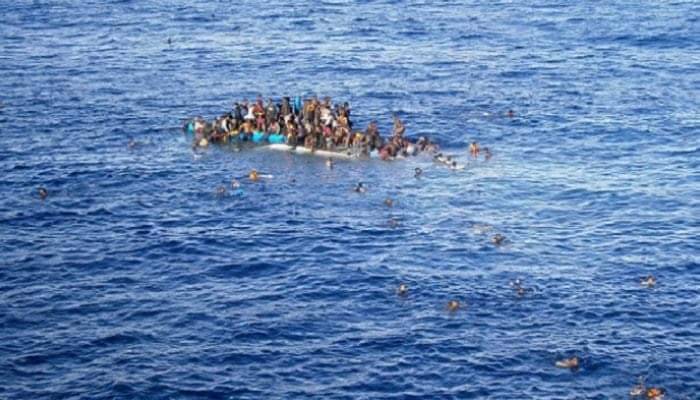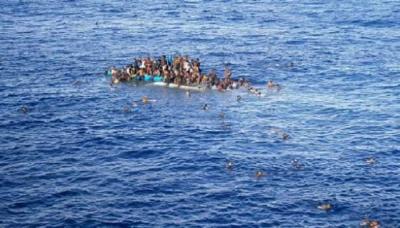The General Directorate of Internal Security Forces - Public Relations Division issued the following statement: In the context of ongoing monitoring by the Information Division of the Internal Security Forces to combat illegal immigration operations, which have taken the Lebanese shores as a departure point using unsafe boats, often endangering the lives of migrants to the risk of drowning and death.
As a result, the division tasked its specialized units to intensify the intelligence efforts to pursue the main individuals involved in these operations and arrest them, in addition to identifying the boats used for this purpose and seizing them to prevent the recurrence of unfortunate incidents.
As a result of thorough investigations and extensive surveillance, the division's patrols were able to gather information regarding individuals from an unknown network preparing and maintaining a boat in the locality of Dhbiyya to carry out the smuggling of a large number of people across the sea to Italy.
Through monitoring and surveillance of the boat's location, these patrols identified the members of the network, consisting of:
- A. S. (born in 1987, Lebanese)
- A. A. (born in 1997, Syrian)
- A. M. (born in 1991, Syrian)
- T. A. (born in 1984, Syrian)
- A. R. A. (born in 1963, Lebanese)
Orders were given to locate and arrest them. Following careful surveillance, the special force of the Information Division arrested the first suspect in the locality of Sin el-Fil, while simultaneously raiding the boat's location at Dhbiyya port, where they seized the boat and arrested the remaining members of the network.
During the investigation, they confessed to the charges against them, admitting that they were preparing and maintaining the boat to carry out a smuggling operation of people aboard to Italy. The boat has been legally seized, and legal proceedings have been initiated against the detainees, who were referred to the relevant authority based on the court's directive.




